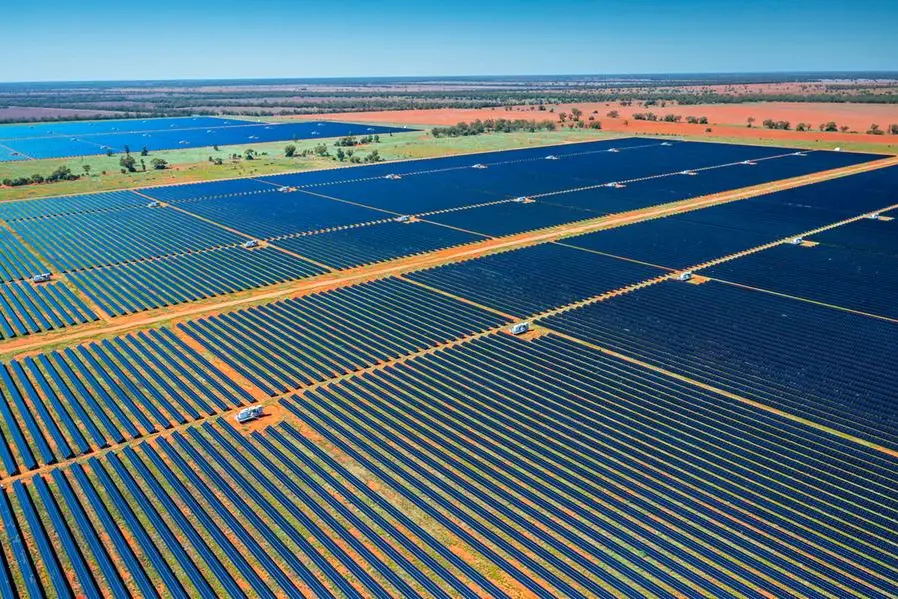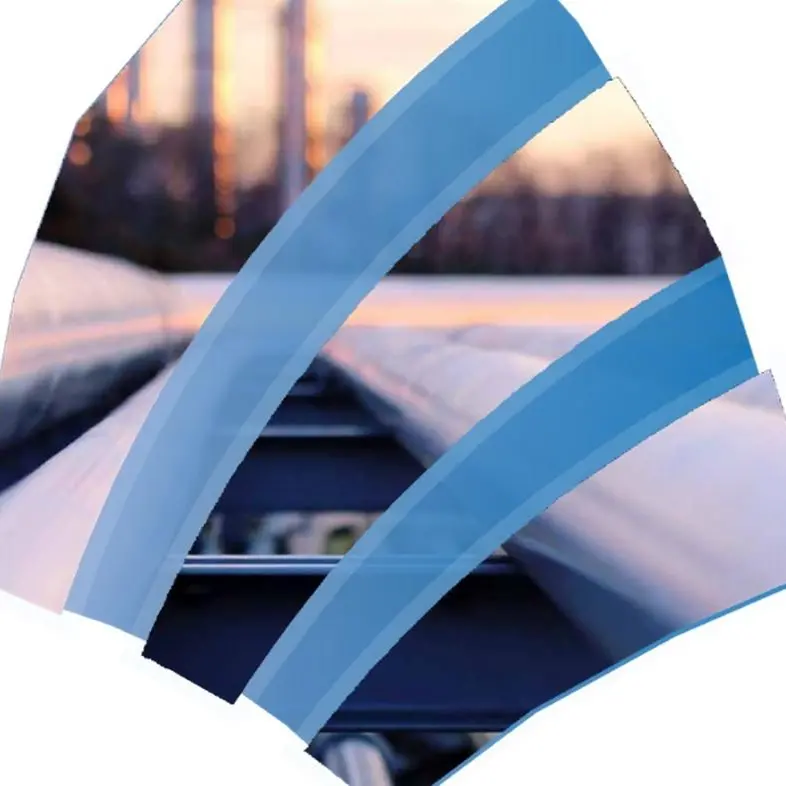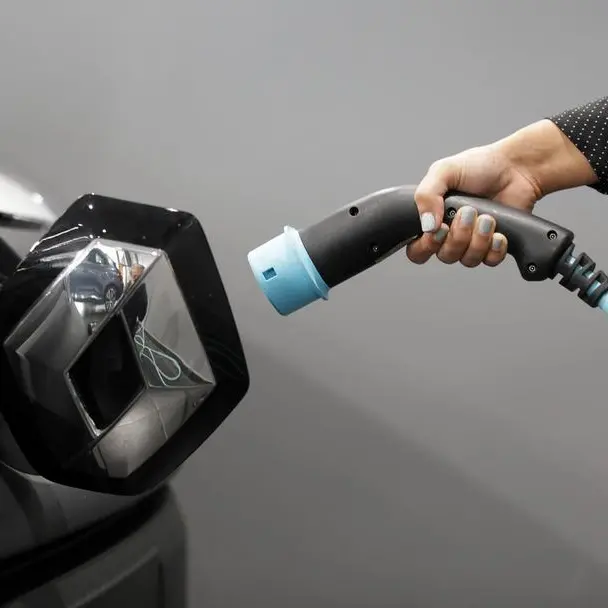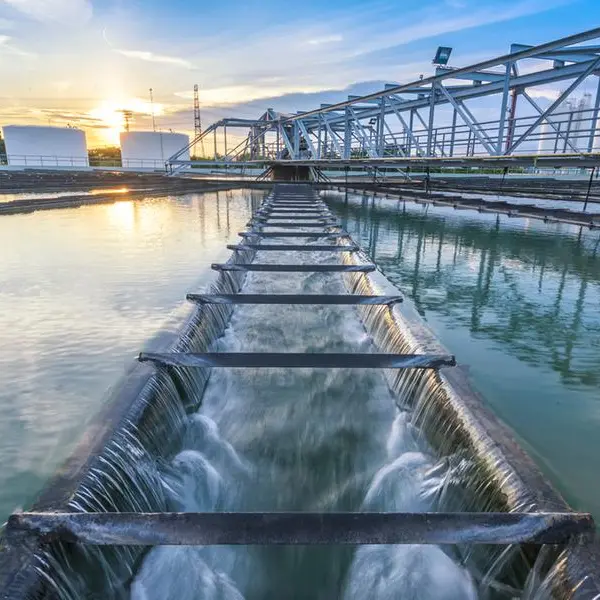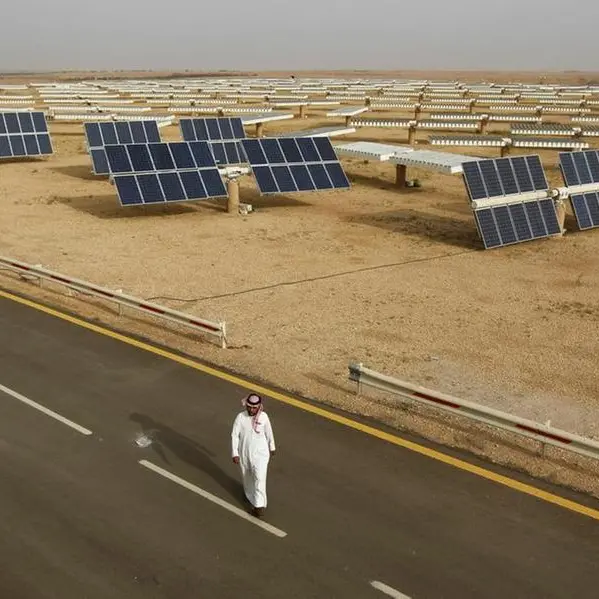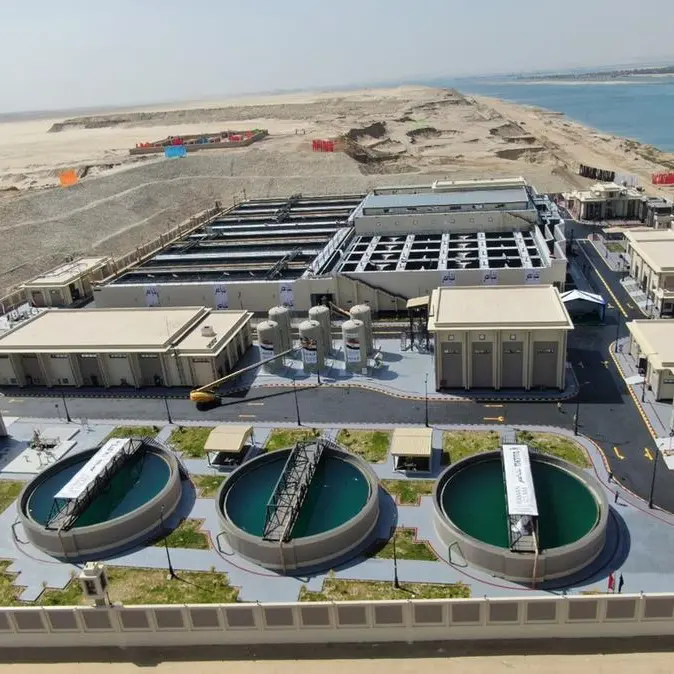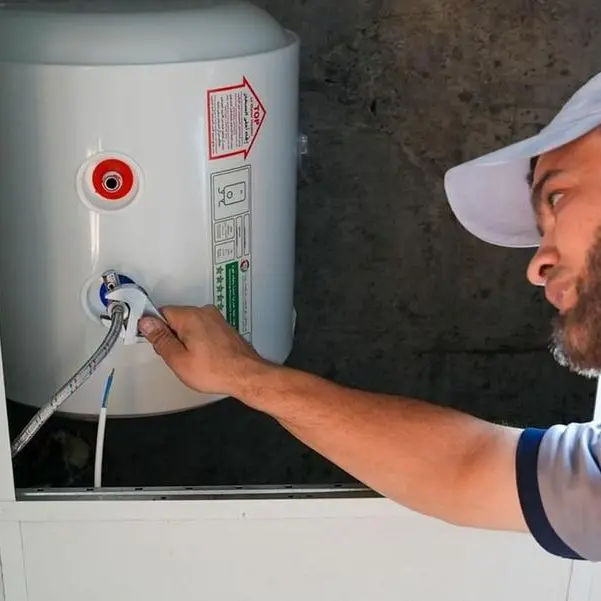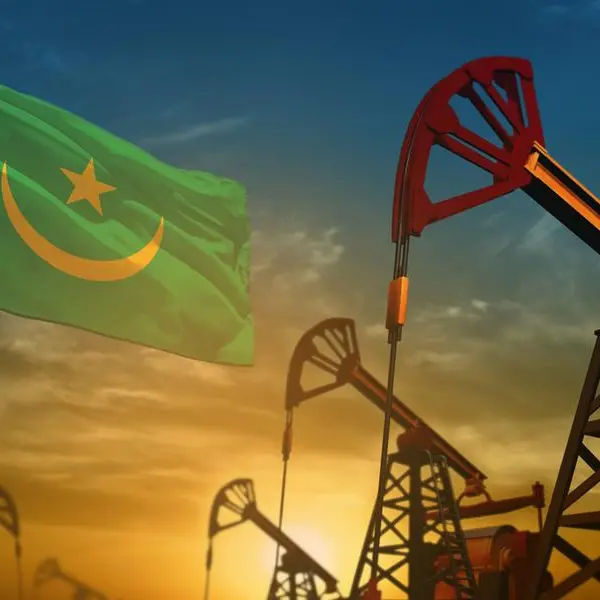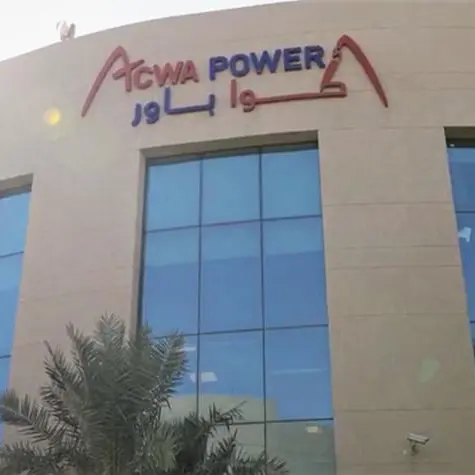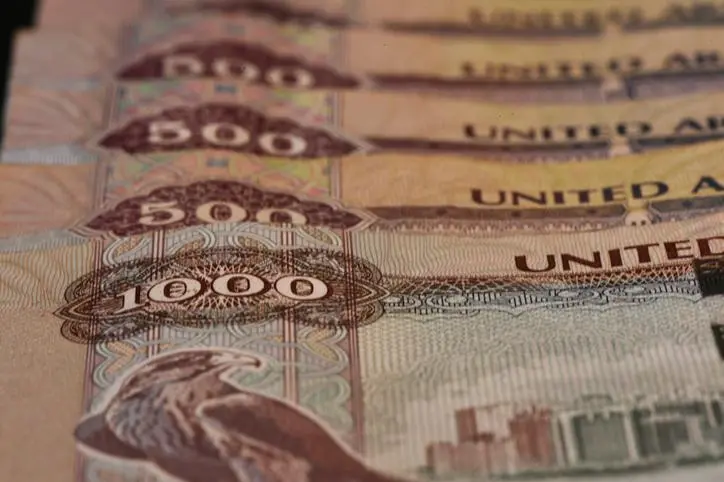PHOTO
ABU DHABI, 18th April, 2024 (WAM) -- Emirates Water and Electricity Company (EWEC) is focused on expanding solar energy production in Abu Dhabi, targeting a capacity of 7.6 gigawatts (GW) by 2030.
The initiative involves major solar photovoltaic (PV) projects, including the Al Khazna and Al Ajban plants, alongside the Noor Abu Dhabi and Al Dhafra solar facilities. These endeavours are set to position Abu Dhabi as home to the world's four largest independent solar power plants.
In a statement to the Emirates News Agency (WAM) on the sidelines on the World Future Energy Summit in Abu Dhabi, Othman Juma Al Ali, CEO of EWEC, highlighted the company's pivotal role in advancing solar PV energy capacity in the region. He emphasised that over 50 percent of Abu Dhabi's electricity is projected to be sourced from renewable and clean energy by 2030.
Al Ali detailed development plans, highlighting the 1,500-megawatt (MW) capacity Al Khazna solar PV project, EWEC's fourth major solar energy initiative. This project is pivotal for advancing EWEC's plans to enhance photovoltaic solar energy capabilities from 2027 to 2037 and to play a key role in achieving the country’s transition to a sustainable future, aligning with its strategic initiative for climate neutrality by 2050.
Additionally, the company is progressing on three power stations scheduled for completion between 2028 and 2029, contributing to the transition towards clean and renewable energy sources.
He emphasised the importance of gas-powered stations in ensuring energy security during the transition to clean and renewable energy sources. Gas serves as a crucial transitional fuel, facilitating the Emirates Water and Electricity Company's efforts to achieve Abu Dhabi’s decarbonization goals by 2035.
Additionally, he highlighted the urgent need for an additional 5.1 gigawatts of gas capacity to support the integration of renewable energy projects and provide flexibility during peak energy demand. This includes 2.6 gigawatts of flexible and cost-effective open-cycle gas turbine capacity slated for availability by 2027, along with approximately 2.5 gigawatts of combined-cycle gas turbine capacity expected by 2028.
The CEO of EWEC noted the presence of several thermal power plants across the country, including Shuweihat, Al Mirfa, Sas Al Nakhl, Al Taweelah, and Fujairah. Discussions with relevant government authorities are underway to designate new complexes for energy production, addressing the growing energy demand.
He further highlighted the transition in energy sources, stating that with the introduction of nuclear energy, reliance on gas stations has diminished. Currently, the energy mix comprises approximately 2.5 to 3 gigawatts of solar energy and 5.6 gigawatts of nuclear energy, achieving a balanced reliance of 50 percent on gas and 50 percent on clean and renewable energy.
Al Ali clarified that the company issues quarterly clean energy certificates from its nationwide stations, with rising involvement in auctions. These certificates enable Abu Dhabi entities to record their clean energy consumption, facilitating progress tracking towards environmental objectives.
He highlighted that these certificates, issued by the Abu Dhabi Department of Energy, are the sole tool in the region for verifying the environmental and economic benefits of clean energy. They are digital units tradable in 1 megawatt per hour increments, ensuring authorities can authenticate electricity sourced from clean energy.
Regarding water desalination, Al Ali highlighted the company's investment in low-carbon reverse osmosis projects, aiming to produce over 92 percent of water through reverse osmosis desalination plants by 2031.
He pointed out that the company owns multiple stations, including Al Taweelah (200 million gallons), Al Mirfa (30 million gallons), and Fujairah (90 million gallons), with several stations are under construction, which are: Port 2 (120 million gallons), Shuweihat (70 million gallons), and Saadiyat (60 million gallons).
Al Ali highlighted the importance of reverse osmosis technology in reducing operational costs and carbon intensity in water production, with an expected decrease to less than 1 kg per m3 by 2031, compared to 16 kg per m3 in 2021.
